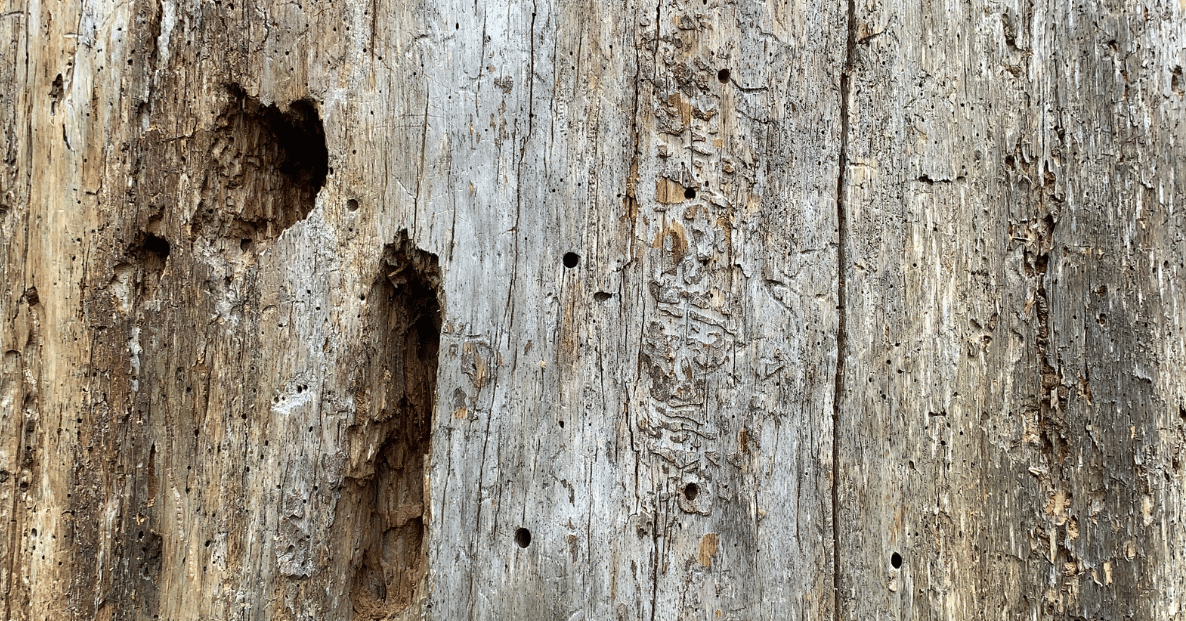The sight of healthy trees can be a source of beauty and solace, but when they fall prey to diseases like Black Knot Fungus, it can be disheartening. Trees are susceptible to various diseases, and one common ailment they face is Black Knot Fungus. In this article, we will delve into what Black Knot Fungus is, which trees it affects, how to identify it, its growth and spread, and most importantly, how to manage, control, and prevent it. Remember, maintaining the health of your trees is crucial for the well-being of your outdoor spaces.
What Is Black Knot Fungus?
Black Knot Fungus, scientifically known as Dibotryon morbosum, is a tree disease caused by fungus. This disease primarily affects trees in the Prunus genus, which includes popular ornamental trees like cherry and plum, as well as some fruit-bearing varieties.
Black Knot Fungus derives its name from the dark, swollen, and knot-like growths that form on the branches and stems of infected trees. These growths result from the fungus infecting the tree and causing the plant to form a protective response.
Trees Affected By Black Knot
Several tree species are susceptible to Black Knot Fungus, with the most common hosts being:
- Cherry Trees: Sweet cherry (Prunus avium) and sour cherry (Prunus cerasus) trees are particularly vulnerable.
- Plum Trees: European plum (Prunus domestica) and American plum (Prunus americana) trees are common hosts.
- Apricot Trees: Some apricot trees, like the Prunus armeniaca, can also be affected.
- Almond Trees: Almond trees, such as Prunus dulcis, can fall prey to Black Knot Fungus.
How To Identify Black Knot Fungus
Identifying Black Knot Fungus is vital for early intervention. Here are some key features to help you recognize it:
- Black Knot Growth: The most distinctive feature is the black, elongated swellings that can develop anywhere on the tree but are commonly found on branches and stems. These growths can range from a few inches to a foot or more in length.
- Texture: These knots start greenish and firm but turn black and hard as they mature. They often have a rough, warty appearance.
- Size and Shape: The knots can vary in size, and their shape can be irregular, often resembling elongated footballs or irregular cylinders.
- Infection Sites: You may also notice swellings near leaf buds and fruit spurs.

How Does Black Knot Grow & Spread
Understanding how Black Knot Fungus grows and spreads is crucial for effective management. The fungus overwinters in the infected knots and releases spores in the spring, primarily during wet and rainy periods. Wind and rain can carry these spores to healthy trees. The infection usually occurs through wounds, such as pruning cuts, or natural openings, such as leaf scars.
Once the spores find a suitable entry point, they infect the tree. Over time, the fungus invades the tree's tissues, causing the characteristic black knots. As the knots age, they can release more spores, further spreading the disease.
How To Manage & Control Black Knot Fungus
Managing Black Knot Fungus is essential to protect your trees and prevent the disease from spreading. Here are some strategies to consider:
- Pruning: Promptly prune and remove infected branches and knots during the dormant season (late fall to early spring). Cut at least 6 inches below the visible symptoms to ensure complete removal.
- Dispose Properly: Burn or bury the pruned knots and branches to prevent the release of spores.
- Fungicides: In cases of severe infection, consider using fungicides. These should be applied during the tree's growth cycle, usually in early spring before new growth begins.
- Preventative Measures: Keep your trees healthy and stress-free. Regular watering, proper fertilization, and maintenance can help trees resist infections.
How To Prevent Black Knot
Prevention is often the best approach when dealing with Black Knot Fungus:
- Select Resistant Varieties: If planting new trees, consider selecting varieties less susceptible to Black Knot.
- Sanitation: Regularly inspect your trees for signs of infection. Promptly remove and dispose of any affected branches to prevent the spread of spores.
- Pruning Care: Be cautious when pruning, and sterilize your tools between cuts to prevent disease from spreading.
- Fungicide Applications: In areas with a history of Black Knot, consider applying fungicides preventatively in early spring before new growth appears.
Conclusion
Black Knot Fungus can be a menace to your trees. Still, with proper identification, management, and preventative measures, you can protect your cherished plants from this disease. If you suspect Black Knot on your trees, don't hesitate to contact professionals like Strobert Tree Services. Their expertise in tree healthcare in Delaware, Pennsylvania, Maryland, and New Jersey can be a valuable resource in preserving the health and beauty of your outdoor spaces.











